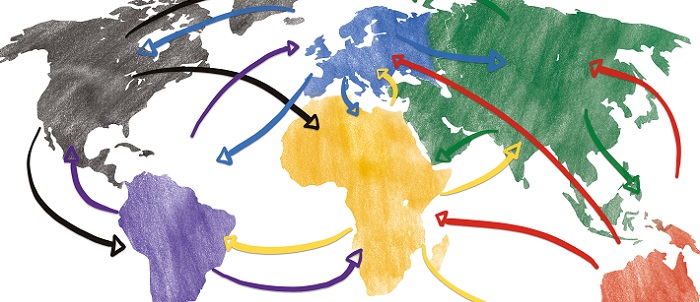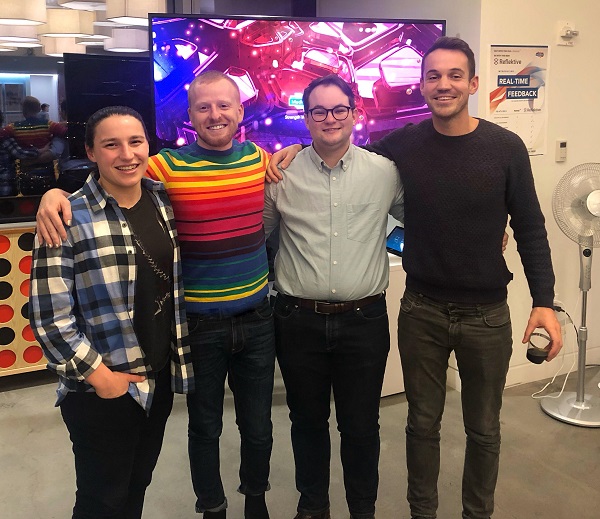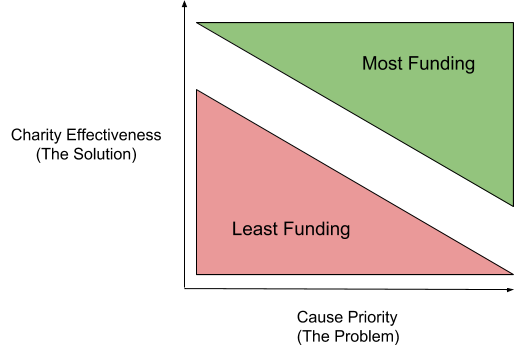The fact that CES takes place at the very beginning of the year makes it a great event for taking a temperature check of the sector and using those insights to set our intentions for the year ahead. Partners, clients, prospects, brands and thought leaders all highlighted the two big trends in our world that we believe are undeniable and unavoidable. One, giant walled gardens are devouring digital budgets and gatekeeping access to audiences to the frustration of everyone else in the ecosystem. Two, the open web faces renewed scrutiny of longstanding structural inadequacies that hinder its growth and also frustrate marketers, publishers, partners and consumers. These two realities leave marketers, partners and independent publishers on the open internet and consumers with two poor options.
We walked away reaching the conclusion that as a participant in the independent digital marketing supply chain as a whole, we and our partners must continue to innovate and serve the best interest of the stakeholders that matter. More specifically, we took the following five lessons away from CES:
- The Consumer Electronics Show is a marketing event, and going was more than worth it. CES organizers realized that the advertising and marketing technology community were gathering organically at CES every year and created a dedicated space for us. They called it C Space. And it works. There are also panel discussions on hot topics. According to CTA, 87 percent of Fortune 100 companies had a presence at C Space. Instead of bouncing from coast to coast to meet with key partners and stakeholders, we could do it in one place while simultaneously getting a sense of the larger zeitgeist.
- Transparency, relationships and serving those relationships matter as much or more than the technology: Repeatedly, we heard in meetings and in the halls a strong desire for adtech companies to continue to mature to begin systemically serving the needs of marketers and their partners and publishers more quickly and with a true service mindset. We see this as creating “transparency to build trust” in the ecosystem. The sector can no longer expect marketers to spend money on advertising delivery mechanisms and tools that they do not understand and that provide no useful data back to them on meaningful business metrics and where spend goes. Additionally, partners and brands must be able to customize for their competitive needs as well as bring their own investments into play with ad tech solutions across identity, cognitive intelligence and supply. But they also demand personal attention and speedy solutions in response to inquiries. Adtech in general can also no longer expect that publishers will just sit back and allow ad spend to be siphoned off without good cause as it travels through the ecosystem to them. Every actor and partner in this ecosystem matters. We communicated that at CES, and we intend to continue to live it as a company.
- Identity is the key to serving consumers, and what matters is serving consumers, not just channels: CES was replete with discussions and deliberations about how to construct identity-based solutions for marketing, even as the pursuit of relatively new channels, from connected TV to cars, was excitedly discussed. We communicated our strategy to enable brands to respect and be relevant to the consumer by supporting the development of a single view of people, not devices, and an observed behavioral understanding. For that understanding of the consumer to be useful, it must be both accurate and portable as well as respect the rights of the user. People were excited to hear that the core of our identity graph is deterministic, while allowing for you to choose to expand further by activating probabilistic as well as brand and partner data. Accuracy in behavioral understanding is also important, which is why our MediaMath Audiences are based on observed actions, allowing us to ensure advertising experiences are mapped to these consumer actions vs. delivering poor, generic, disruptive experiences with too broad, third-party audiences that are not efficient uses of a marketer’s investment. And we are equipped to deliver in the multi-channel environment.
- Privacy was everywhere. From Apple’s clever, if not misleading, billboard that read “What happens on your iPhone, stays on your iPhone,” everybody, especially in the government and thought leader discussions, was talking about privacy. Respecting the boundaries of what collection and distribution of information is necessary for effective marketing—without being intrusive or disregarding the wishes of consumers relative to how they want to be seen and approached—is becoming table stakes for adtech businesses. And government is moving to make it illegal to do business any other way.
- Teams win. One of the joys of traveling with such a large team of MediaMath colleagues is getting to know each other, our partners and client brands and working together in an intense setting in various environments. In fact, of particular use for building a teams win strategy and one of the oldest ways of affirming relationships is to break bread together. We did that. And for the record, it was delicious.





 Topics discussed included the idea of gender-neutral bathrooms in an office, more inclusive language used both internally and with our clients and how to handle a co-worker coming out or transitioning. In short, it was about creating a workplace that is welcoming and inclusive of our community.
Topics discussed included the idea of gender-neutral bathrooms in an office, more inclusive language used both internally and with our clients and how to handle a co-worker coming out or transitioning. In short, it was about creating a workplace that is welcoming and inclusive of our community.






